Some of the Industries Utilising Rotary Valves
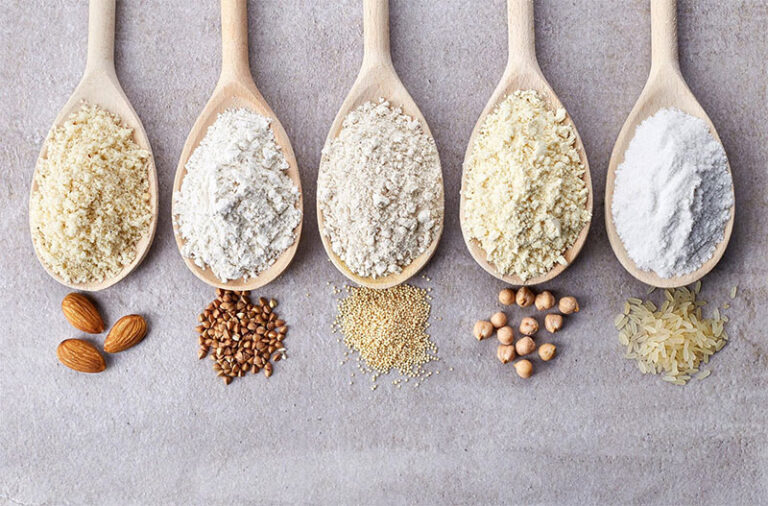
Food
The processing of most food products is fairly easy hence the basic valve design can be used without compromising the product. Foods such as salt, sugar, baking soda, wheat, rolled oats, rice, dry beans, dried corn etc. that contain preserving or sterilizing agents and do not pose any corrosion risks can be processed by a standard constructed valve. On the other hand, foods such as fatty milk powder, and infant food products have a high degree of sensitivity and require the use of a properly configured valve. The configurations include stainless-steel with a polished internal surface. The dairy sector also makes use of the properly configured rotor valve significantly. The valve is responsible for material movement whilst maintaining sanitary surroundings. The valve is designed to keep away from bacteriological contamination.
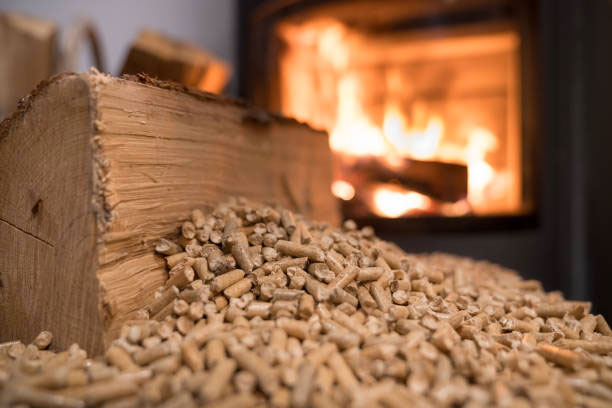
Biomass
This industry needs a valve that can simultaneously withstand the material’s hostility and maintain proper functionality. The valve serves two main purposes, (i) to behave like a lock – prevention of fire and gas reflux. (ii) to behave as a feeder – feeding the biomass to the pneumatic conveying line that conveys the biomass to the burning chamber. Thanks to the advanced geometry of the valve, large sized biomass particles of up to 50mm can be fed to the conveying line. The valves can be manufactured from carbon steel or cast iron. Further enhancements for durability are possible by means of coating.

Foundry
Steel, aluminum, cast iron, bronze, and brass are some of the common raw materials used in many industries. Foundries are places that generate a high amount of dust. Metal melting and casting are the primary sources of dust emission. Dust collection systems are used to provide a safer environment. The dust is carried from the source by a suction tube attached to the dust collector with the hooper at the bottom. The hooper is fitted at the bottom with a rotary valve for continued release of dust. The dust enters the dust collector, and the heavy particles fall down to the hooper due to the baffle plates used in the system, then exits via the rotary valve into the bin.
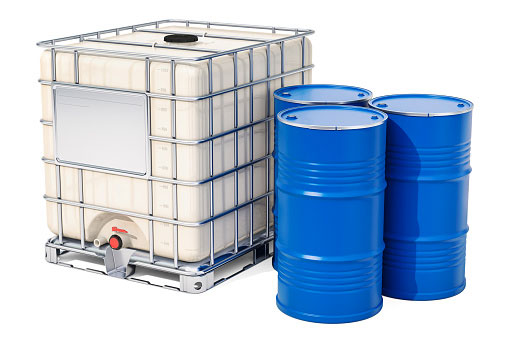
Chemical
Similar to the processing of infant foods in the food industry, the valve used in the chemical industry must be corrosion resistant, easy to clean, and able to withstand harsh environments. This industry involves the movement of delicate and pure chemicals whose purity cannot be imperiled. Hiccups must be avoided at all costs because of the nature of the industry.

Aggregate and Mining
Just as the name ‘aggregate’ entails, this industry is responsible for the manufacturing of building materials such as materials driven from the Earth’s core (sand, asphalt, cement, sandstone, garnet, ceramic, silicon carbide, slag etc.). Due to the nature of the industry, the valve must be solid to put up with the materials roughness and toughness. The prime function is to convey the material from an inlet down through its desired point of work. The valve must have the following characteristics; abrasion resistant, Hardox rotor and housing, and coated internal surface with tungsten carbide or hard chrome. This particular valve is not only used in this industry, but also in asphalt, cement, coal, and mining industries just to mention a few.

Agriculture
This is one of the industries that immensely makes use of the rotary valve. The rotary valve is used mostly for handling grains. The grains are supplied to the valve, then the valve discharges the grains to the conveying pipeline. Properly selected rotary valves provide good service without harming handled product. Other bulk materials handled include cement, calcite, ash, glass powder, marble powder, plastic pellets, sawdust, fly ash, coal, coal dust, wheat, flour, barley, feed, seed, corn, chickpea, bean, soybean, sesame, rice, rice flour, dried fruit, nuts, peanut, almond, sunflower seed, cotton seed, grain cereals, chestnut, coffee grain, coffee powder, sugar, salt, spice.
Extra Bulk Materials
Other materials that can be handled using rotary valves include, cement, calcite, ash, glass powder, marble powder, plastic pellets, sawdust, fly ash, coal, coal dust, wheat, flour, barley, feed, seed, corn, chickpea, bean, soybean, sesame, rice, rice flour, dried fruit, nuts, peanut, almond, sunflower seed, cottonseed, grain cereals, chestnut, coffee grain, coffee powder, sugar, salt, spice.










How the Rotary Valve is Utilised
In most of the bulk solids handling processes, the rotary valve is one of the significant components. Regardless of its simple structure, the valve is adjustable to meet most industrial applications. The valve plays a substantial role in the handling and transferring of bulk solid materials. It’s utilised as follows:
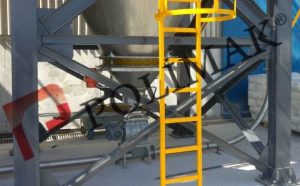
Discharging of silos
The rotary valve is mounted to the silo's outlet port at the bottom. It is used for controlled release of the bulk solid material to the downstream equipment such as the screw conveyors, the conveyor belts, the bins, pneumatic conveying systems etc. It can also be mounted to hoppers or other bulk containment systems.

Discharging of Cyclones
Similar to the way the valve is utilised in emptying silos, the rotary valve is installed under the cyclone. It is used to control the discharge of the bulk material from under pressure and feed equipment such as mixers, screw feeders etc.

Dust Collection Systems
During the bulk handling process, the dust is collected from the production lines by making use of the dust collection system. The rotary valve installed under the system aids with the discharge of the dust from the system.

Batching, Mixing, and Dosing Systems
In these systems, the valve is used for discharging bulk solid materials at particular time intervals. The volumetric measurements of both the granule and powdered types of the bulk materials are feasible by controlling the rotor speed of the valve. Hence, it is possible to volumetrically feed the mixers, containers etc.
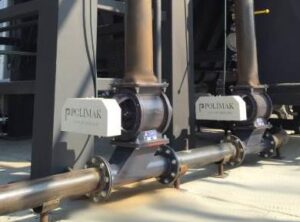
Pneumatic Conveying Systems
The rotary valve is utilised for feeding pneumatic lines from the silos, big bags, hoppers etc. It is also used to prevent the leakage of air from the conveying line and sustain constant feeding of the bulk material.
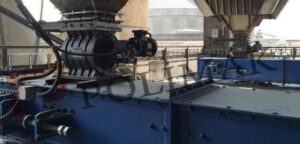
Conveyor Feeding or Discharging
The valve assists with the feeding of conveyors from silos, hoppers, or any other bulk solid containers. The bulk materials released from the conveyor can be fed to the valve and passed to other equipment such as pneumatic conveying lines, mixers etc. This setup is broadly used in big house filters and ESP systems.
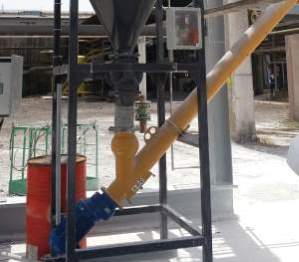
Screw Feeder Feeding and Discharging
With the help of a rotary valve, screw feeders can be fed with the bulk material from silos, hoppers, or any other bulk containers. The bulk material discharged from a screw feeder can be supplied to the valve and then passed on to the other equipment like mixers, pneumatic lines etc.
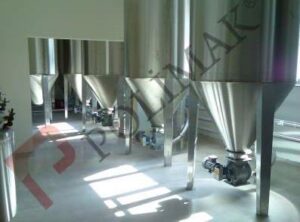
Feeding or Discharging of Bulk Solid Processing Equipment
In various bulk solids industrial processes, the bulk solid processing equipment can be fed or discharged using rotary valves. Some of the processes include crushing, surface treatment, mixing, boiling, cleaning etc. The valve isolates the aforementioned processes from external conditions.

Filling of Bulk Solids
Volumetric filling of different bulk materials into big bags, sacks, bags, drums or containers can be done by using rotary valves.